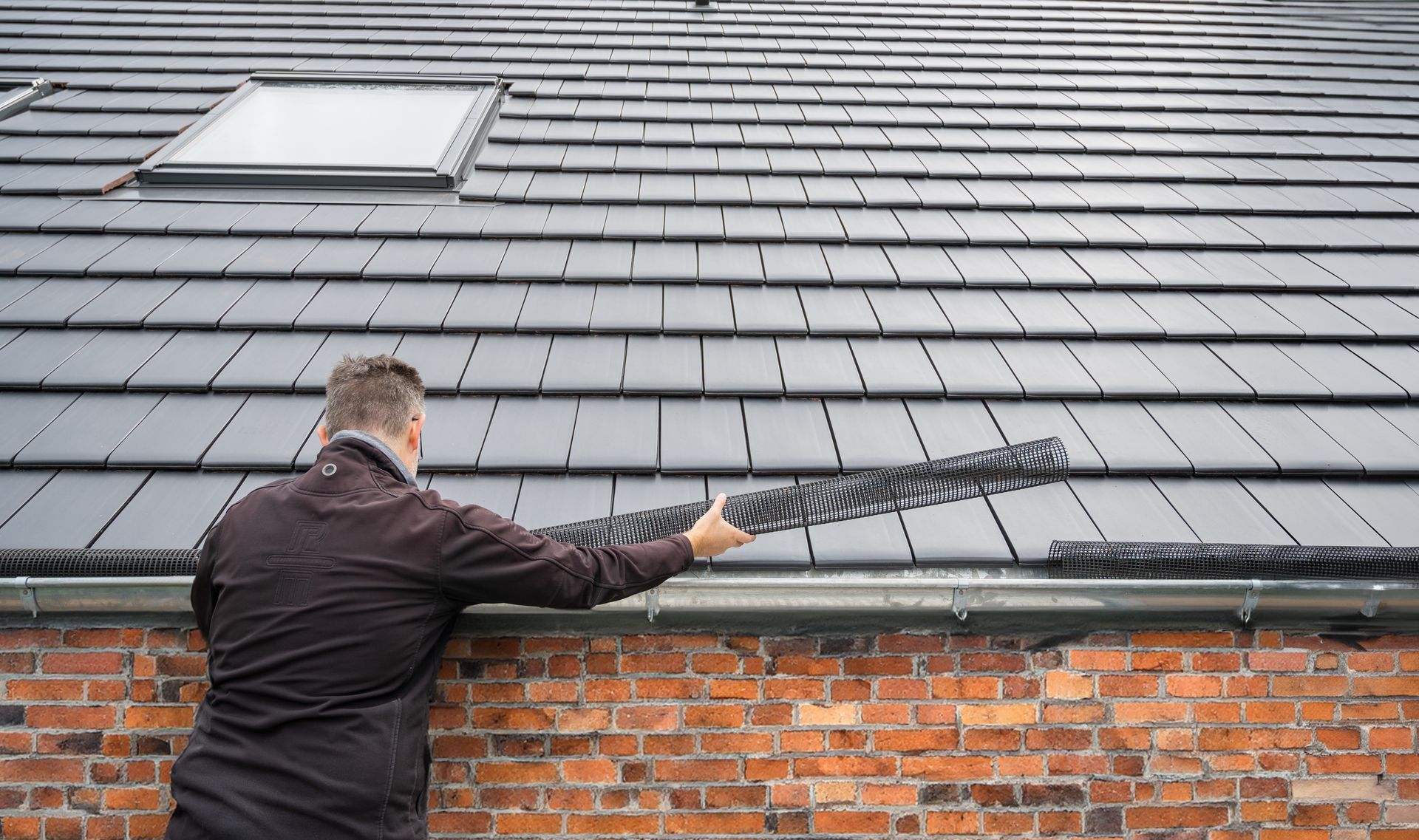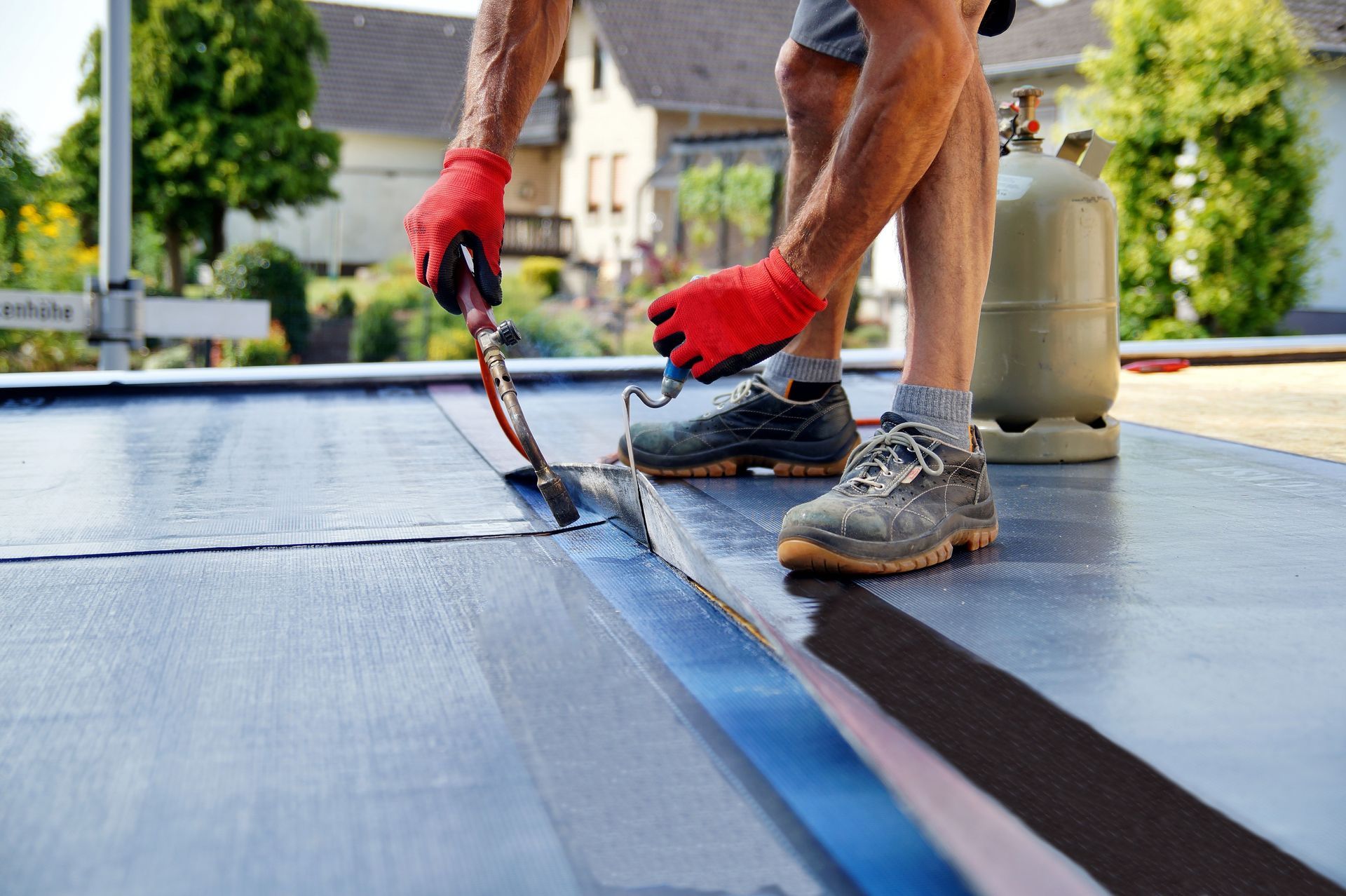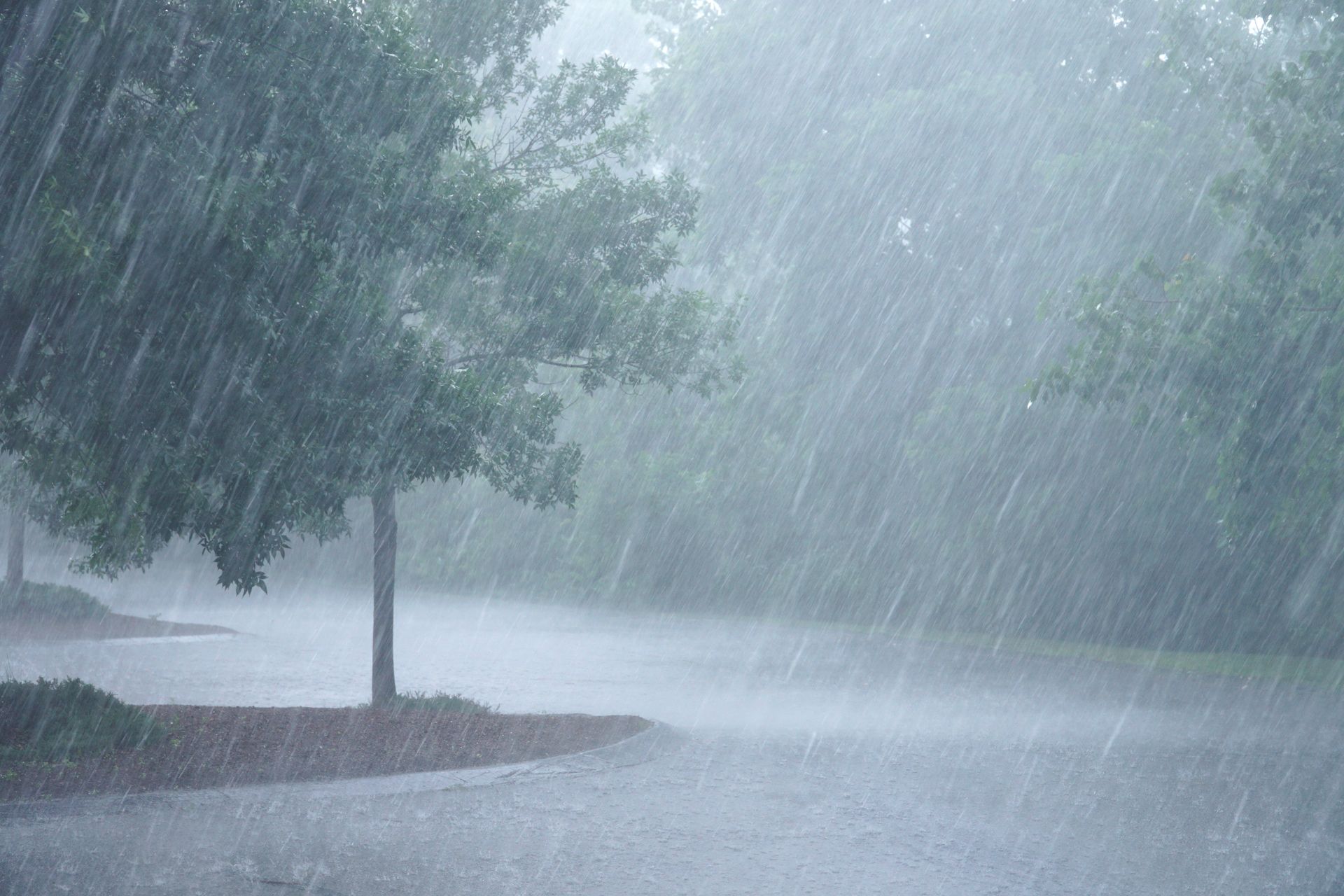Which Gutter Guards Work (and Which Clog) in Real Seattle Weather

For Seattle homeowners, gutters aren’t just another part of the roof. They’re an essential line of defense against constant rain, wind and organic debris. When gutters clog, water overflows onto siding, fascia and foundations, leading to rot, leaks and even structural damage.
Gutter guards promise to solve the problem, but not all perform equally in the Pacific Northwest’s unique mix of weather and vegetation.
Between the rain, moss, pine needles and broadleaf trees like maples, choosing the best gutter guard for Seattle means understanding how different systems handle local conditions year-round.
The Challenge: Seattle’s Mix of Rain and Debris
Gutter protection in Seattle has to deal with three main challenges:
- Constant Rain: Nearly nine months of damp weather means water flow capacity is critical. Guards that restrict drainage can cause runoff to spill over the edge.
- Fine Debris: Fir and pine needles are notorious for slipping through gaps and sticking to wet mesh. Moss spores and small twigs also accumulate easily.
- Seasonal Leaf Fall: In autumn, heavy layers of maple and alder leaves can overwhelm open-style or poorly angled systems, leading to surface clogging.
With these conditions, choosing the right gutter guard isn’t about marketing claims; it’s about matching the product to Seattle’s specific environment.
Mesh Gutter Guards: High Performance, High Maintenance
Mesh gutter guards, also called micro-mesh systems, are among the most popular choices in the region. They feature fine stainless steel or aluminum screens that block even small debris while allowing water through.
Pros:
- Excellent protection against pine and fir needles, roof grit and small twigs.
- Corrosion-resistant when made from stainless steel or coated aluminum.
- High water flow when installed with proper slope and tension.
Cons:
- Mesh can clog with sap, pollen and moss spores. In Seattle’s damp air, fine debris tends to cling to wet screens.
- May require seasonal brushing or rinsing to keep the surface clear.
- Inexpensive versions with plastic frames often warp or detach in heavy rain.
Best For: Homes surrounded by tall firs or pines that shed small, needle-like debris. When installed correctly by a roofing professional, high-quality mesh systems perform exceptionally well.
Avoid: Low-cost or plastic-framed mesh guards. They trap moisture and sag, reducing flow and allowing debris buildup underneath.
Reverse-Curve Gutter Guards: Good Flow, But Limited by Needles
Reverse-curve (surface tension) guards use curved metal or plastic covers that let water flow over the edge while leaves and debris fall away. The concept relies on water tension to guide rain into the gutter slot beneath the curve.
Pros:
- Excellent for large leaves like maples or alders.
- Smooth surface sheds heavier debris effectively.
- Reduces maintenance compared to open gutters.
Cons:
- Not ideal for conifer debris. Pine and fir needles stick to the curve or wedge into the entry slit.
- Can overflow during Seattle’s heavy downpours if pitch and alignment are off.
- Difficult to install under existing shingles without professional adjustment.
Best For: Homes primarily surrounded by broadleaf trees rather than evergreens. Reverse-curve systems perform well in dry leaves but struggle with fine organic debris common west of the Cascades.
Avoid: Using these guards near tall conifers. Once clogged with needles or moss, they are difficult to clean without removing sections.
Brush Gutter Guards: Affordable but Labor-Intensive
Brush-style guards use cylindrical bristle inserts that sit directly inside the gutter channel. They’re simple to install and inexpensive, but they require frequent upkeep in wet climates.
Pros:
- Easy DIY installation.
- Effective at blocking larger leaves.
- Inexpensive initial investment.
Cons:
- Trap pine needles, twigs and moss within the bristles.
- Hard to clean once clogged, as debris decomposes inside.
- Can hold moisture, accelerating rust in older metal gutters.
Best For: Temporary protection or as a low-cost solution for smaller structures like sheds or garages.
Avoid: Using them on multi-story homes or where roof debris is heavy. The brushes quickly turn into sponges for pine needles and moss.
Real-World Performance in Seattle
In theory, most gutter guards promise “no clogging,” but Seattle’s unique weather quickly reveals which systems hold up.
- Fir needles: Mesh guards with fine screens (under 50 microns) perform best. Reverse-curve and brush systems tend to collect needles on the surface.
- Maple leaves: Reverse-curve guards handle broad leaves well, but pairing them with regular seasonal rinsing is still necessary.
- Moss and pollen: Stainless steel mesh resists corrosion and can be easily brushed off, whereas plastic covers grow slick with algae and mold.
The key to success is slope and fit. Guards installed at the correct angle let water flow freely while reducing debris adhesion. A professional installer can match the guard design to roof pitch and local vegetation to minimize maintenance.
Maintenance Reality: “Maintenance-Free” Is a Myth
Even the best gutter guard for pine needles still needs cleaning and inspection. Wet debris, moss spores and sap can gradually build up over time. A company that provides roofing and gutter services can check both during an annual inspection and let you know if your current gutter guards are working or need maintenance.
Committed to Providing Comprehensive Gutter Solutions in Seattle
Seattle’s rain doesn’t take a break, and neither should your home’s drainage system. Chet’s Roofing & Construction specializes in custom gutter installation and repair tailored to Puget Sound conditions.
Don’t wait until overflowing gutters cause fascia rot or siding damage. Contact us at (877) 611-1514 for a professional evaluation.



